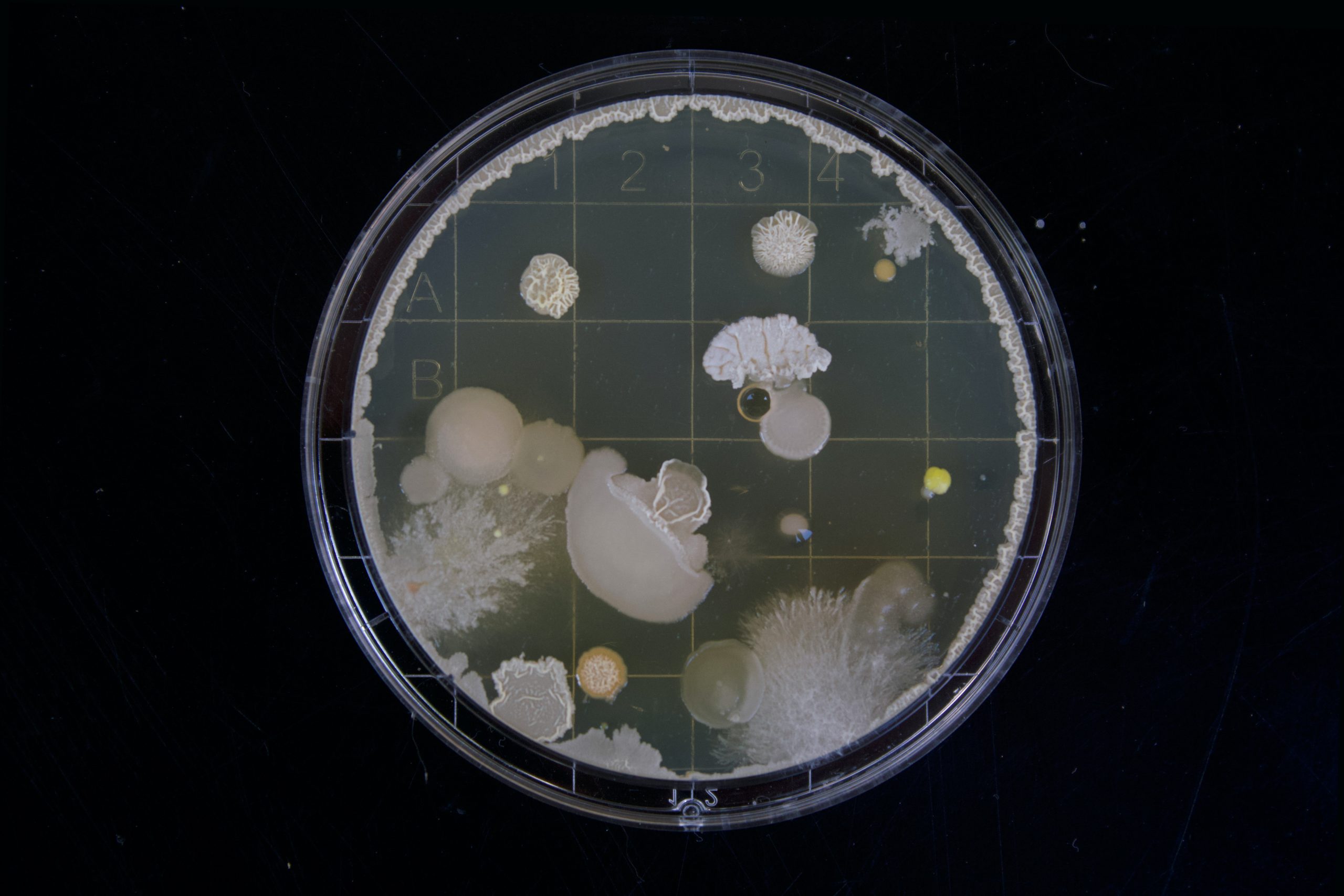Which DIY mold test kit should I get?
Which DIY mold test kit should I get?
Every home has some mold, because mold spores practically hitchhike into the home on our clothing, groceries, and even the air. The difference between acceptable levels of mold and an infestation, however, is whether the moisture and food sources exist to feed an infestation. There are many reasons to test your home for unacceptable levels of mold, some of which are:
Musty smells in an area
Recent flooding in or around your home
Roof damage
Renovations like roof, siding or foundation repair that expose your home to the elements
Mysterious health issues in any resident of your home
If you suspect an infestation of mold in your home, there’s no time to waste in testing, stopping the growth and removing the mold! The health effects of living with a mold infestation are too costly not to do anything!
Of course, if you have the resources and are able to hire a trained, reputable mold inspection and remediation company, they are often preferable to DIY kits because these inspectors have the training and equipment to make a thorough inspection and testing of your home. However, working on a budget often means if you spend too much on inspection, there isn’t enough money to make a thorough remediation. We get it, and so do makers of DIY mold testing kits. For this reason, we have investigated some DIY kits and even partnered with one.
There are several types of DIY mold testing you can do in your home. Here is a description of each, from lowest to highest costs:
Gravity plates (also commonly called petri dishes)--an Air Sampling method: When opening a sealed petri dish to the air in your home, mold spores in the air land on the sugar coating (agar) lining the dish and start to grow. This method does grow mold! However, unless you get your samples analyzed by a lab, you will not know for sure what species of mold is present, and even then, only “relative” quantities of mold colonies can be inferred. If you decide to go this route, we recommend Micro Balance Health Products’ EC3 Mold Screening Test Kit - 6 Pack, which retails for $36. It has detailed, easy to follow instructions to determine a relative “mold burden” in your home, but does not include the option to have your samples analyzed by a lab. Because it’s sold by a company that has developed several mold abatement products and many more highly reviewed health supplement products, you can be sure that they are interested in your best health!
Spore traps–an Air Sampling Method: GotMold combines the best of professional technology with DIY convenience. Although it’s a major step-up in pricing from agar plates (a 3-room kit is $299 including return shipping and analysis), you can use the same sampling procedure that professionals use, and professional lab analysis is included in that package. Their patented BioVac™ Air Sampler can be reused, so if you decide you’d like to retest after completing renovations to make sure the mold is gone (wise idea), you can get refill “cassettes” to use with your machine (again, postage and analysis is included in the cost of the cassettes). In the lab report, each area tested will be grouped under the following severity of mold:
GREEN — Not Evident
YELLOW — Slightly Evident
ORANGE — Moderately Evident
RED — Significantly Evident
Then, you’ll get spore counts from 4 common and 14 other types of mold, as well as an indication of whether these molds are usually found with water damage. It gives “next step” recommendations in the conclusion of the report.
Immunolytics’ Kit–Combination Air and Swab sampling method: Since not all types of mold reveal themselves in an air sample, Immunolytics offers a Quickstart Kit ($198) made up of gravity plates and 1 swab or “Build Your Own” kit ($33 per sample) that combines the two methods. Like Micro Balance Health Products’ kit, gravity plates are interpreted by number of colonies formed, and swab samples give a percentage of specific molds found in the sample. You can also ask for a consultation to determine the next steps for your home.
EMMA–Air or Swab sampling method: Offered by RealTime Labs, This method is VERY simple in that you use the provided swabs or gauze, or cut out a section of your home’s AC filter. The separate samples can be combined into 1 sample, or charged as separate samples. This test is ideal for homeowners who are already experiencing mold-related illness symptoms, as their “combo” tests not only test your home for 12 of the most common molds, but also detect 5 of the most common mycotoxins (mycotoxins are responsible for illness). Knowing the mycotoxins floating around your home may help you develop a treatment plan with your doctor, and the company also offers urine tests, pet tests, and tests for other known toxins. One disadvantage of this method is that combination of samples will not allow you to learn where the mold is coming from (which room has the highest count). Check out our article “What’s the Difference between EMMA and ERMI?” to learn more about EMMA.
HERTSMI-2–Dust sampling method: ERMI was a test developed for research purposes by the US government. Although it can tell you the presence of specific molds, it is unreliable for determining whether a building is safe to re-enter after remediation. HERTSMI-2 is a method of interpreting the results of ERMI that is much more reliable (for mold scores less than 10) of whether you will get sick again when returning to a water-damaged building (WDB). HERTSMI-2 analyzes the results for 5 specific molds, also called the “Big 5”, which are most likely to cause relapse of symptoms for patients. EnvironBiomics offers a very reasonable price ($130) and fast service for HERTSMI-2. They also offer separate tests for endotoxins (bacterial toxins) and actino microbes (gram-positive bacteria), which are not common to be tested (see our article here about endo-and exotoxins). If your home was heavily water-damaged or had water damage in multiple areas, you may want to opt for a HERTSMI-2 to make sure it’s safe to inhabit after the remediation.
Since the unconditioned outdoors has its own mold biome, it’s a helpful baseline to reference. Most tests do not suggest taking an outdoor sample, but GotMold includes one air cassette specifically for the outdoors in each of their kits. That way, you can see the types and concentrations of mold directly outside your home, which may be influencing your indoor scores. We have chosen to partner with this company because of the owner’s passion for helping average homeowners detect mold in an economical way (read his personal story and the company’s philosophy here). Their air sampler was one of the first affordable machines for DIY air sampling.
Of course, there are many more test kits out there, but be sure to do your research! Some have extra fees for lab analysis, postage, or consultation, and each lab report reveals different information. Companies started by physicians (like Realtime Lab or SurvivingMold.com) are even more helpful because they have taken the time to screen and affiliate with doctors around the US who can physically treat homeowners and their families who have been affected by mold. Whichever method you choose, don’t stop looking for the source of mold in your home and remediation of the damage until retesting comes back with an acceptable score. Even then, “acceptable” to one person may cause relapse in someone whose health has been severely impacted by mold. Mold can be sneaky and hard to find, so if DIY tests don’t reveal the problem, check out our articles on Taking our Homes Back from Mold and article on How to Choose a Mold Remediation Contractor (which also speaks about inspection) to partner with professionals. We at HypoAir are also available to help with products that can help keep mold at bay while you're remediating or on a maintenance basis.Photo by Michael Schiffer on Unsplash




